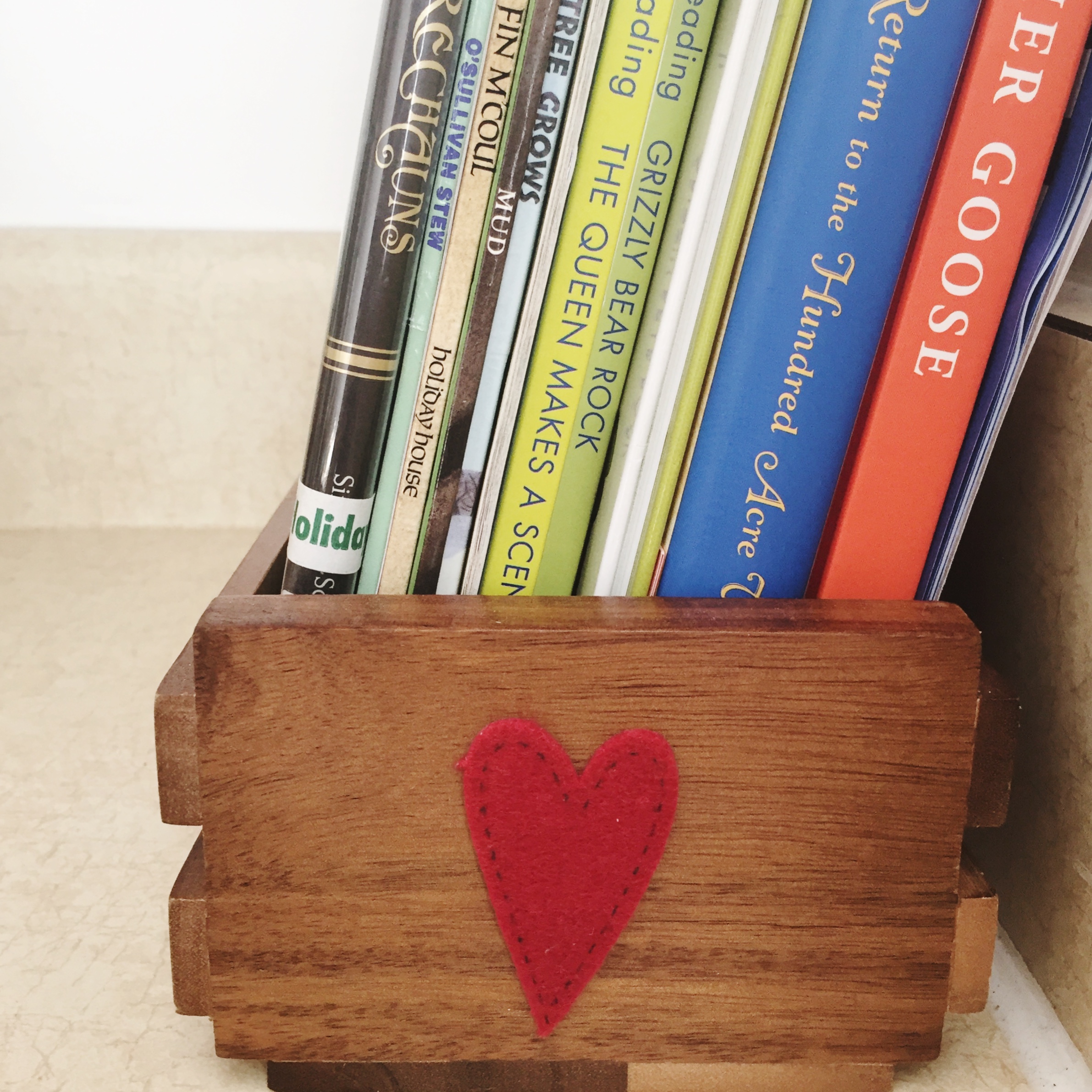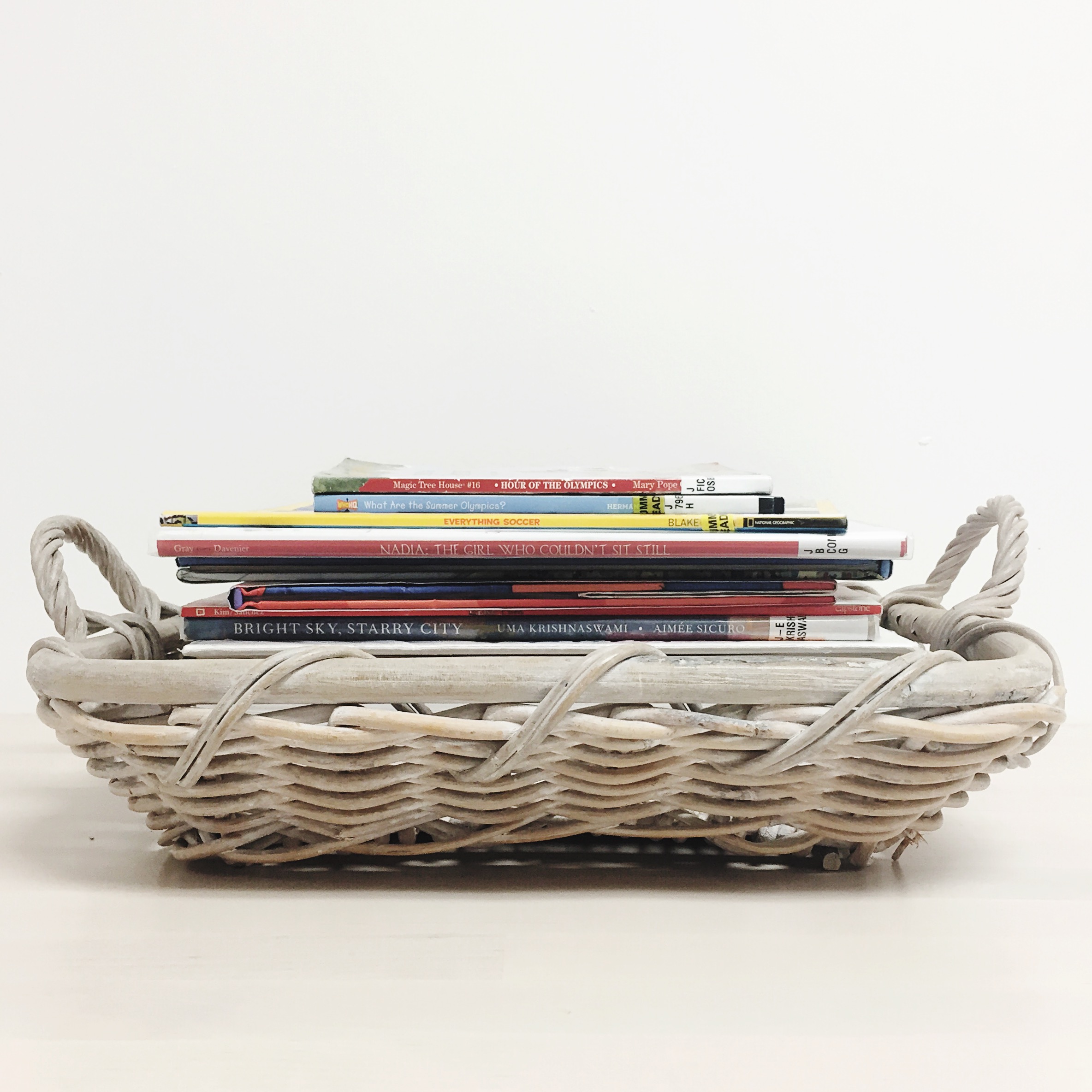We’re on page two of one of my favorite Amy Krause Rosenthal’s books and already the giggles are growing uncontrollable. It took a moment for them to comprehend the duck/rabbit dilemma but now my son is doing that teetering on his chair thing that makes me equal parts amused and terrified.
On the cover of our read aloud was a white animal that could be described as a duck or a rabbit. It took a brief conversation to help them understand the disagreement laying in the pages ahead. This small reading comprehension assist was all it took to have my twins in stitches.
Simple, engaged, interactive read alouds can do wonders for increasing children’s reading comprehension. In fact, research has shown that reading aloud is a key tool for teaching this vital literacy skill.
This is great news for read-aholics like us, right? Between the Read a Day challenge and our story times, there are days that we spend more time reading than anything else.
So here’s the question, is just reading aloud enough? Or is there more you can do to use all that reading aloud to help kids increase their reading comprehension skills?
If you’re reading aloud to children, chances are you are naturally doing many of the things that are recommended to increase reading comprehension. One of the easiest and most helpful is asking questions.
Affiliate links are included below.
Using Questions with Read Alouds
Before I dive into my favorite questions to ask, there are a few things I should note.
Not all questions are created equal.
Don’t ask questions just to ask questions.
Be thoughtful about what you ask kids. You want to ask questions that require them to analyze and explain the book – these are the questions that are key to building comprehension.
Don’t stop your story time to have them regurgitate color names or animal noises (unless of course they are toddlers and making animal noises is currently their favorite thing). Even young preschoolers can think about a story and answer questions that build connections.
How many questions should you ask?
The tricky part about all these questions is judging how many questions to ask. You want to balance the right number of questions so that you don’t stop so often that you lose the flow and enjoyment of the story but enough to engage their minds in thinking more carefully about the story.
In general, I would say 2-5 well placed questions per picture book is plenty. The general length of the text and complexity of the story is going to impact this number more than anything.
Should I ask questions every time I read?
No! Questions are great, but just like you wouldn’t work on colors or learning to write with every single activity you do, you do not have to ask questions with every book you read.
In my opinion, the main reason we read aloud to children is to introduce them to this wonderful world of literature. Showing them the possibilities, the range, the emotion, the wonder so that they are motivated to figure out our complicated language and how books work is our main goal.
That being said, asking a quick question before, during, or after you read is a simple way to increase engagement and work on this important literacy skill.
What type of questions should I ask?
What if we took Duck! Rabbit! by Amy Krouse Rosenthal and Tom Lichtenheld for example. What questions could you ask before, during and after you read?

4 Types of Questions for Read Alouds
1. Questions to Introduce the Book
That sounds formal, but really I just mean before you read say 3-4 sentences that describe the story a little.
If you’re focusing on reading comprehension, then implying or out right stating the story’s main problem and events are helpful in getting your kids ready to focus on and understand the story.
I also like to include a question in here somewhere.
Sometimes the intro question is something they share with me, for instance predictions on what the book will be about. Sometimes it is just something for them to think about, for instance if it’s a book about colors maybe I will ask them to think about their favorite color.
For example:
When you look at the cover of Duck! Rabbit! you could ask,
“What do you see on the cover?”
“Why do you think it says Duck and Rabbit?”
2. Questions to Clarify
Questions are a way to pause.
When you hit key vocabulary or new events, questions can help kids understand the story. These can be general questions or you can use this sensory visualizing as another way to direct questions in a specific way to aid comprehension.
This type of question, such as “Carriage. That’s an interesting word. Do you know what that means?” can help keep everyone on track as you go through the book.
For example:
In Duck! Rabbit! on the third spread the word “bill” is used. You could ask;
“A bill. What part are they describing?”
3. Questions that Encourage Prediction or Connections
Ask questions that will encourage kids to think about the characters, the events, summarize what has happened so far, or predict what will happen next.
Comprehension requires kids to mentally consider and connect other information that they already have to understand what is not specifically stated in a book. You want to ask questions that will prompt kids to pull information that already have in their mind from other books and experiences and apply them to this new context.
Questions of this sort encourage kids to think more flexibly about what is read to infer things that aren’t specifically stated and to draw conclusions of their own. This kind of higher thinking is vital for later learning.
For example:
In Duck! Rabbit! on the page when they both call for the duck and rabbit, you could ask;
“Who do you think is right?”
or towards the end when it disappears,
“Where do you think the animal went?”
4. Questions After the Book
When you close the back cover, you can still ask a question or two to increase reading comprehension before you start an extension learning activity or wander away. This can also be a good time to assess whether they did in fact understand what happened in the story through a little conversation.
For example:
After you read Duck! Rabbit! you could ask;
“Do you think it was a Duck or a Rabbit?”
or “What do you think will happen now?”
In case you want a few more examples, here are the 8 Questions I use the most during read alouds:



